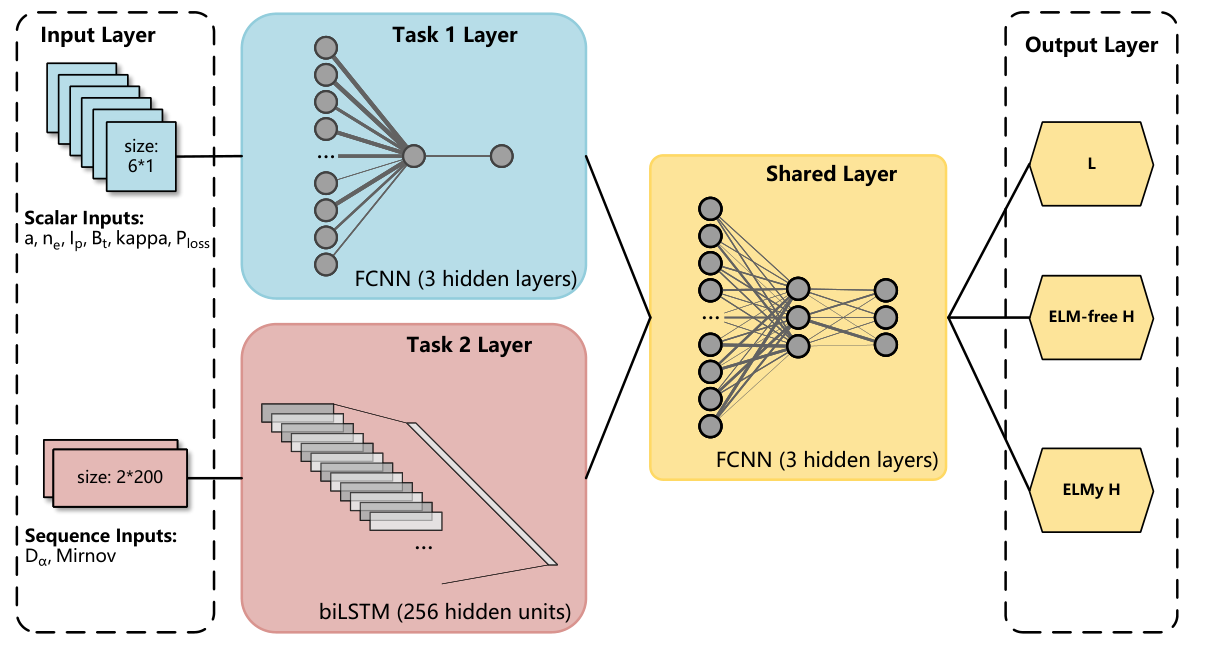
A research team led by Prof. SUN Youwen from the Hefei Institutes of Physical Science of the Chinese Academy of Sciences has developed two innovative artificial intelligence (AI) systems to enhance the safety and efficiency of fusion energy experiments.
Their findings were recently published in Nuclear Fusion and Plasma Physics and Controlled Fusion.
Fusion energy holds the promise of providing clean and virtually limitless power. However, for future reactors, they must operate reliably and avoid dangerous phenomena such as disruptions—sudden, intense events that can damage the reactor—and precisely control the plasma's confinement state to sustain high performance.
To address these challenges, the researchers developed two distinct AI-driven solutions.
The first is a disruption prediction system that utilizes interpretable decision tree models to identify early warning signs of disruptions, particularly those triggered by "locked modes"—a common plasma instability. Unlike typical black-box AI, this model provides not only predictions but also insight into the underlying physical signals responsible for the warning. In experimental validation, the system achieved a 94% success rate in early disruption detection, issuing alerts an average of 137 milliseconds before the event—providing operators with critical time to respond.
The second system is a plasma state monitoring tool based on a multi-task learning model. This AI solution simultaneously identifies operational modes (such as L-mode and H-mode) and detects edge-localized modes (ELMs), improving both speed and accuracy compared to traditional separate models. The system demonstrated a 96.7% success rate in real-time classification of plasma conditions, enhancing the reliability of continuous reactor operation.
Together, these AI tools not only contribute to safer experimental environments but also offer valuable insights into complex plasma dynamics. The study provides a foundational step toward fully intelligent control systems in future fusion energy facilities.

Architecture of the Multi-Task Learning Neural Network (MTL-NN) for the automatic identification of plasma confinement states. (Image by DENG Guohong)

86-10-68597521 (day)
86-10-68597289 (night)

52 Sanlihe Rd., Xicheng District,
Beijing, China (100864)

